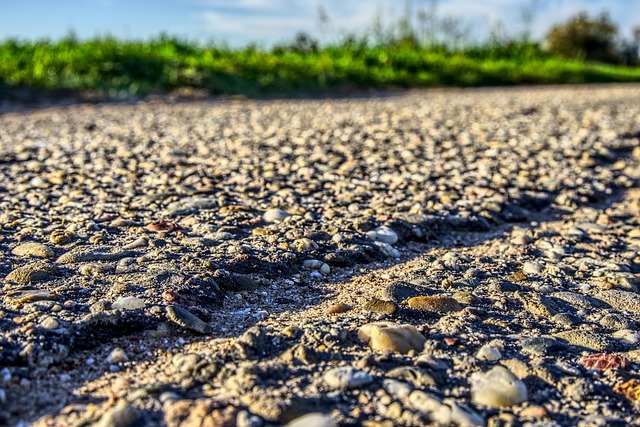As we find ourselves repeatedly confronting the consequences of extreme weather, we are compelled to reflect on our relationship with the environment. Harmony, a term that evokes balance and peace, feels increasingly elusive as climate change amplifies the frequency and intensity of natural disasters. Yet, it is precisely this pressing challenge that calls for collective action and a profound reconnection with the world around us.
Extreme weather events—hurricanes, wildfires, and flooding—often leave devastation in their wake, prompting urgent discussions on climate change. These have become more than isolated incidents; they are a clarion call for humanity to regain its harmony with nature. One cannot help but feel a sense of urgency, knowing that each extreme weather incident serves as a stark reminder of the fragility of our ecosystems. It beckons us to reconsider our choices and behaviors that contribute to environmental degradation.
To cultivate harmony in an era of climate chaos, we can start with our local environments. Simple practices like reducing waste, conserving water, and planting trees not only benefit our immediate surroundings but also contribute to larger-scale environmental health. Community gardens, for instance, serve as living symbols of collaboration, nurturing not just plants but human relationships as well. Each seed planted is an investment in the future, something that future generations can inherit rather than inherit damage.
At an individual level, embracing sustainable living opens up pathways to restore harmony. By opting for reusable products, supporting local agriculture, and using public transport, we contribute to reducing our carbon footprint. These actions, while seemingly small, ripple out to create a more significant impact. It’s about re-establishing a bond with the earth—understanding that our actions have consequences that extend beyond ourselves.
The role of technology in navigating climate change cannot be overstated either. Innovations in renewable energy, such as solar and wind power, present us with tools to harmonize our energy consumption with the planet’s capacity to renew. Integrating sustainable practices into our daily lives, bolstered by technological advancements, can significantly alter our carbon footprint and mitigate the harsh impacts of climate change.
Educational initiatives also play a vital role in fostering harmony between society and the environment. By engaging communities in climate science and the importance of biodiversity, we empower individuals to make informed choices that contribute to a healthier planet. Schools, organizations, and local governments can implement programs that inspire minds and hearts to cultivate a culture of sustainability.
Additionally, advocacy is crucial in rallying around broader changes. Supporting policies that address climate change and prioritizing environmental protection can amplify our voices, pushing for systemic changes that ensure the health of our ecosystems. Mobilizing as a community to advocate for sustainable policies creates a collective force that can reshape the narrative of how we interact with our environment.
In times of extreme weather, when the harmony between humanity and nature feels particularly out of sync, there is a profound opportunity for growth and transformation. By harnessing our collective potential and prioritizing sustainable practices, we can begin to weave a new narrative—one where balance is not just an ideal but a lived reality. It is a journey toward not just surviving these violent weather patterns but thriving alongside them, finding harmony in every aspect of our existence.




